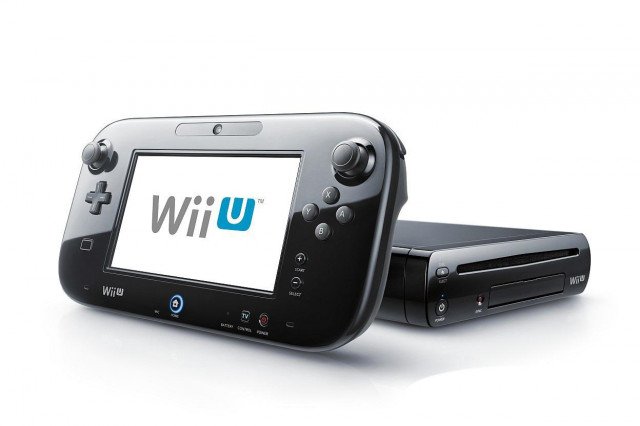
“We can confirm that as of today, all Wii U hardware that will be made available in the North American market for this fiscal year has already been shipped to our retail partners,” Nintendo said in a statement to Kotaku.
Earlier this week, Eurogamer claimed that the final Wii U unit would exit Nintendo’s manufacturing plant on Friday, ending the console’s production run four years after it launched worldwide in November 2012. Nintendo previously denied reports stating that it would end Wii U production in March of this year.
Unfortunately, even given the overwhelming success of Nintendo’s last-generation Wii console, the Wii U doesn’t share the same successful reputation despite the shared name. It struggled to find an audience in the face of competition from Sony’s PlayStation 4 and Microsoft’s Xbox One. Initially backed by a slate of third-party titles, the Wii U lost the support of many major publishers after their console-exclusive releases met with limited success and low sales.
The past year saw only a handful of first-party Wii U releases from Nintendo, including standouts like Star Fox Zero, Tokyo Mirage Sessions #FE, and Paper Mario: Color Splash. Over the course of its brief lifespan, the platform also hosted HD remakes of The Legend of Zelda: Twilight Princess and The Legend of Zelda: The Wind Waker. The Zelda series’ next entry, The Legend of Zelda: Breath of the Wild, will launch for the Wii U and Nintendo Switch next year.
Nintendo officially unveiled the Wii U’s successor last month, announcing that the Nintendo Switch will hit retail worldwide in March. The Switch promises to bridge the gap between Nintendo’s home consoles and portable platforms, serving as both a handheld gaming unit and a dedicated home console via an included docking station.
Recent rumors suggest that the Nintendo Switch will feature a capacitive multitouch display, ending Nintendo’s longstanding attachment to resistive touchscreen technology. Like Nintendo’s 3DS portables, the Wii U GamePad features a resistive touchscreen, and requires players to use a stylus for accurate input. The GamePad peripheral is widely cited as one of the Wii U’s biggest weaknesses, as developers often struggled to adapt their games to suit its limited functionality and single-touch display.
Despite the Wii U console’s seemingly low popularity as of late, independent developers have many digital releases in store for the Wii U eShop through the end of the year. Given Nintendo’s current software lineup, however, it’s likely that The Legend of Zelda: Breath of the Wild will be the Wii U’s final first-party release when it ships in 2017.
Updated on 11-11-2016 by Gabe Gurwin: Added Nintendo’s confirmation of earlier reports.


